Film, 25 min., 2022
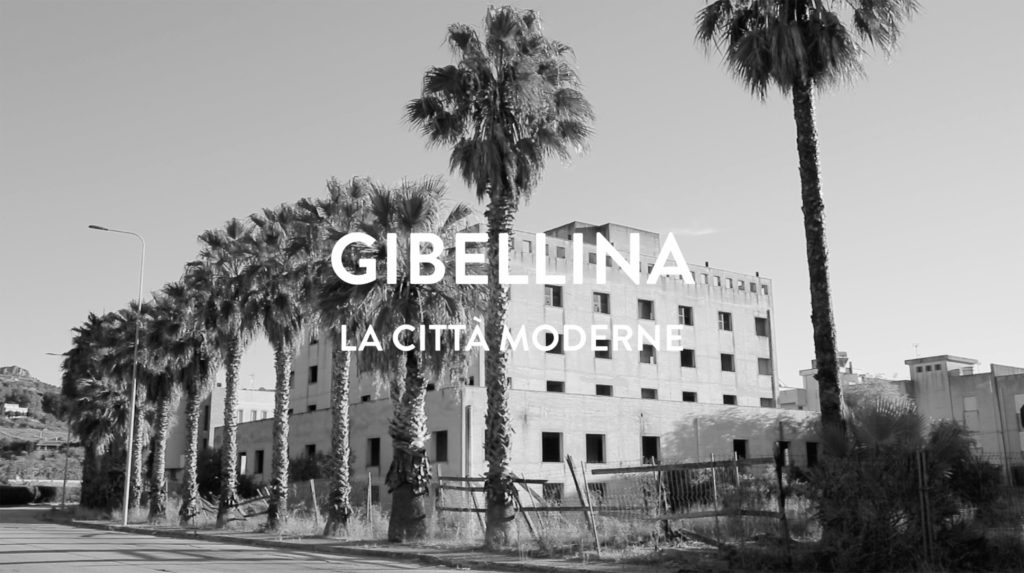
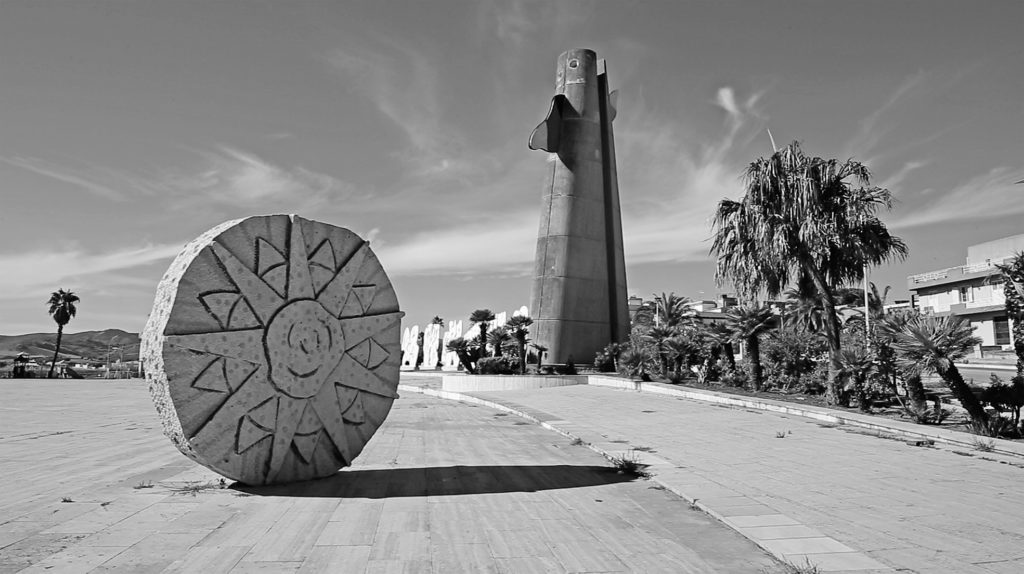
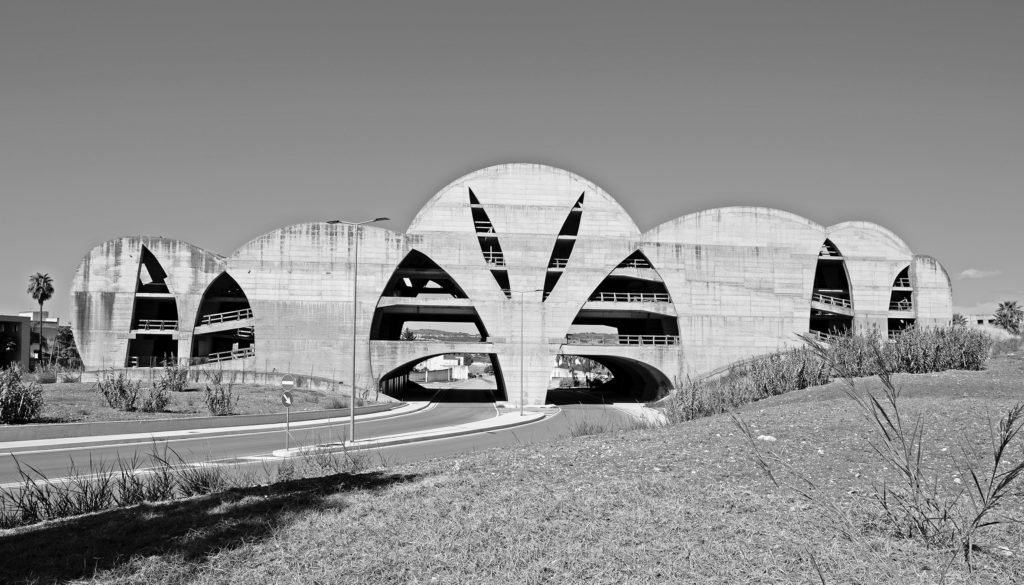
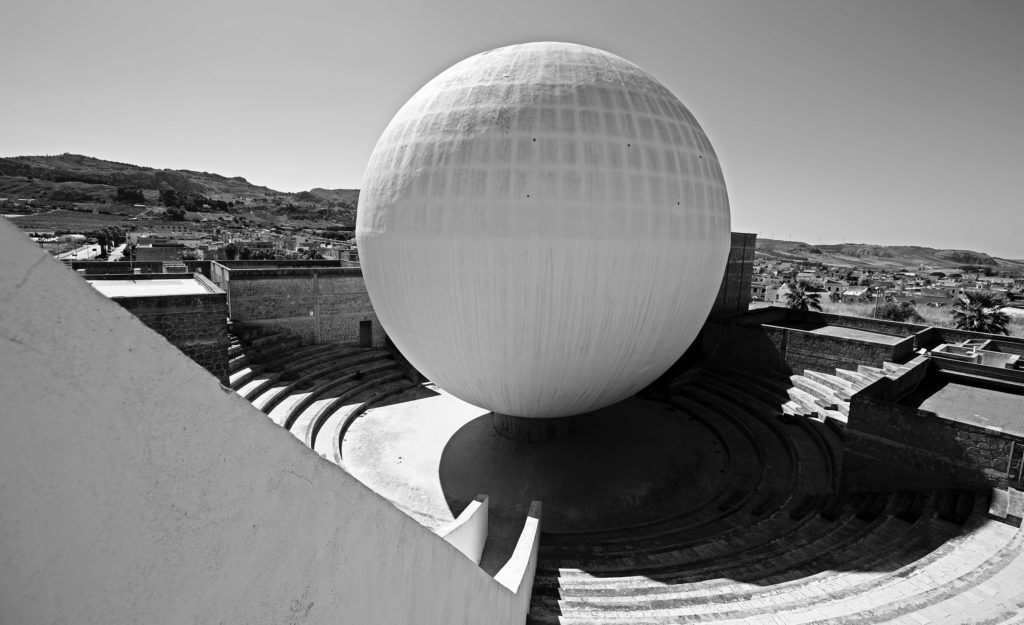
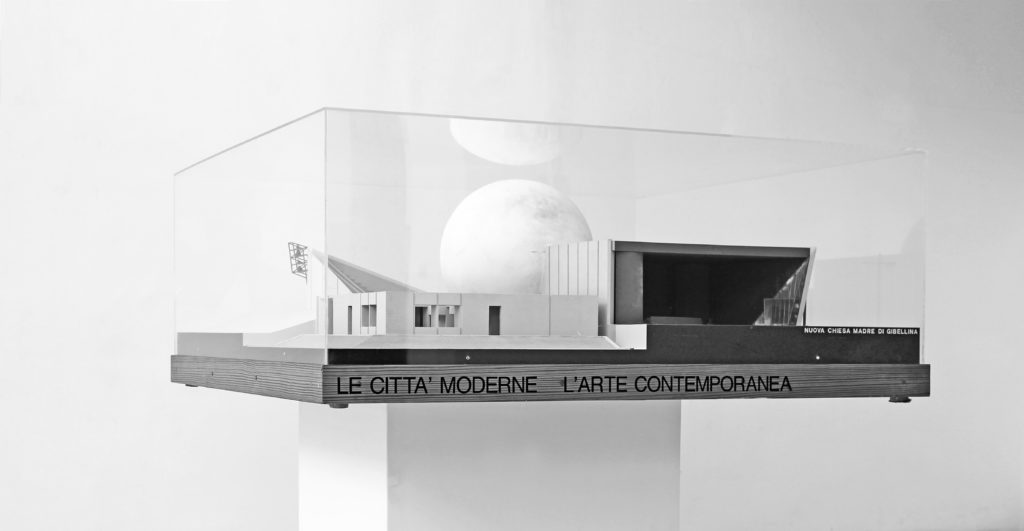
The film depicts the city of Gibellina in Sicily, which was destroyed by an earthquake in 1968. The ruined site was abandoned and a new town was built. In the following years, the planned city of Gibellina Nuova was created. Numerous international architects and artists supported the new foundation and donated works of art. The artists designed it as an „ideal city“, a visionary project. The result is a huge open-air museum of contemporary art: sculptures and architectural monuments are scattered throughout the town. The new Gibellina is the Italian town with the highest density of modern art in its streets and squares. However, the population did not really feel comfortable in the modern, spacious urban area: The grand scale Piazze and streets are all empty, but still impressing with their monumental character.
The film’s intro and outro feature text passages from Italo Calvino: The Invisible Cities.
ECHOES
Does the ideal city exist? What could it look like, and what aesthetic criteria would it have to meet in order to have not only an atmospheric but also a socio-political optimal effect? There have been many attempts to answer these questions, numerous utopias have been designed over the course of time, just as many have been discarded again or have successively failed in the face of reality. Their traces, however, can be found surprisingly often in our everyday experience as relics of idealism cast in architecture and, if we identify them as such, form reflection surfaces of the urban myth. (…) When is space a good space, how must it be designed to adequately meet human needs? The search for a possible answer to this question led Nina Maria Küchler to the small Sicilian town of Gibellina. Its destruction by an earthquake in 1968 was seen as an opportunity and the town was planned from scratch – with far-reaching consequences. The weighting of the triad of city, space and art has shifted enormously in the direction of art and space. However, the wide squares and the numerous art-in-public-space objects have not proven to be functional in the final analysis. For what the city lacks are its inhabitants. In all the idealistic planning, they have been lost halfway through. Thus, the cinematic combination of shots the artist took of the ghostly city with passages from Italo Calvino’s book The Invisible Cities represents a poetic as well as prescient linkage. The 55 fictional cities described by Calvino increasingly prove to be a panorama of a decaying world that more and more resembles our own as the narrative unfolds. Utopia fails here as well – what remains, however, are the poetic spaces of thought and the aesthetically valuable relics that remind us again and again that it is worthwhile to critically question one’s own reality of life. (Anne Simone Krüger, excerpt from catalog „Echoes“, 2022)